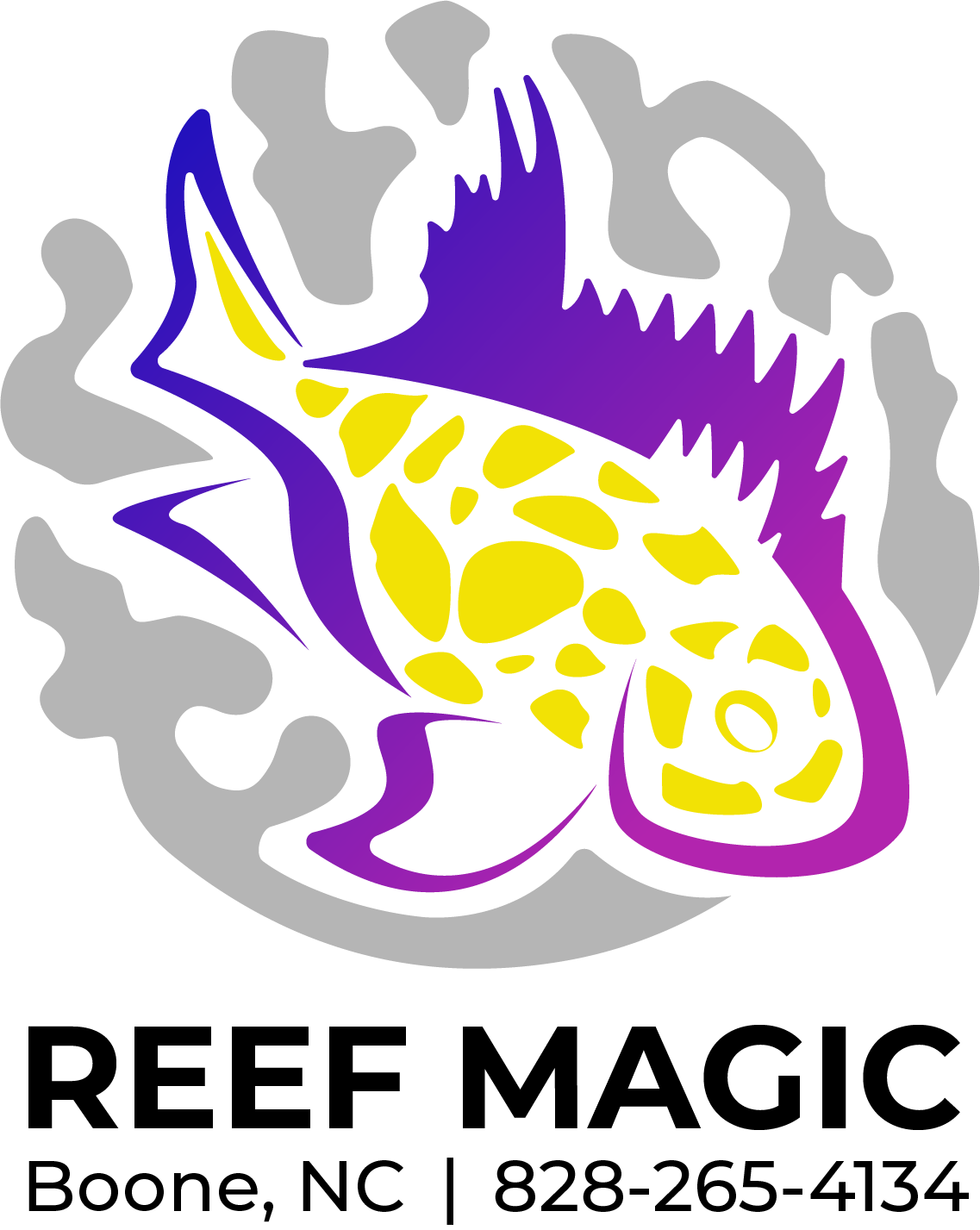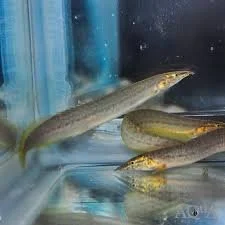 Image 1 of 1
Image 1 of 1


Eel- Indian Tire track 6-8 in
The Indian tire track eel, scientifically known as Mastacembelus armatus, is an elongated, nocturnal, freshwater fish native to Southeast Asia, identifiable by a distinctive zigzag or "tire track" pattern along its body. It can grow up to 36 inches long and is a semi-aggressive carnivore that preys on invertebrates and small fish, often found in rivers and marshes where it burrows in soft substrate during the day.
Physical description
Body shape: Elongated and serpentine.
Color and pattern: Features a unique, irregular zigzag or "tire track" pattern along its body, which helps with camouflage.
Fins: Has a long dorsal fin that merges with the anal fin at the tail, along with a lack of pelvic fins.
Head: Has a pointed snout and features 33-37 small, isolated dorsal spines.
Habitat and behavior
Habitat: Found in the freshwater rivers, streams, and swamps of Southeast Asia, such as in Cambodia, India, Indonesia, and Vietnam.
Nocturnal: Hunts at night and hides during the day, often burying itself in soft, sandy substrate.
Tank requirements: A large tank is needed with soft sand substrate and ample hiding places like rocks, caves, or driftwood. A tight-fitting lid is essential as they can be escape artists.
Diet
Carnivorous: Primarily feeds on insects, insect larvae, worms, and small fish in the wild.
Aquarium diet: In captivity, it readily accepts live and frozen foods like earthworms, blackworms, and bloodworms, though it can be weaned onto prepared tablet foods as well.
Temperament
Semi-aggressive: Can be aggressive, especially if it perceives smaller fish as prey.
Tank mates: Best housed with other large, peaceful fish that are too big to be eaten.
The Indian tire track eel, scientifically known as Mastacembelus armatus, is an elongated, nocturnal, freshwater fish native to Southeast Asia, identifiable by a distinctive zigzag or "tire track" pattern along its body. It can grow up to 36 inches long and is a semi-aggressive carnivore that preys on invertebrates and small fish, often found in rivers and marshes where it burrows in soft substrate during the day.
Physical description
Body shape: Elongated and serpentine.
Color and pattern: Features a unique, irregular zigzag or "tire track" pattern along its body, which helps with camouflage.
Fins: Has a long dorsal fin that merges with the anal fin at the tail, along with a lack of pelvic fins.
Head: Has a pointed snout and features 33-37 small, isolated dorsal spines.
Habitat and behavior
Habitat: Found in the freshwater rivers, streams, and swamps of Southeast Asia, such as in Cambodia, India, Indonesia, and Vietnam.
Nocturnal: Hunts at night and hides during the day, often burying itself in soft, sandy substrate.
Tank requirements: A large tank is needed with soft sand substrate and ample hiding places like rocks, caves, or driftwood. A tight-fitting lid is essential as they can be escape artists.
Diet
Carnivorous: Primarily feeds on insects, insect larvae, worms, and small fish in the wild.
Aquarium diet: In captivity, it readily accepts live and frozen foods like earthworms, blackworms, and bloodworms, though it can be weaned onto prepared tablet foods as well.
Temperament
Semi-aggressive: Can be aggressive, especially if it perceives smaller fish as prey.
Tank mates: Best housed with other large, peaceful fish that are too big to be eaten.





